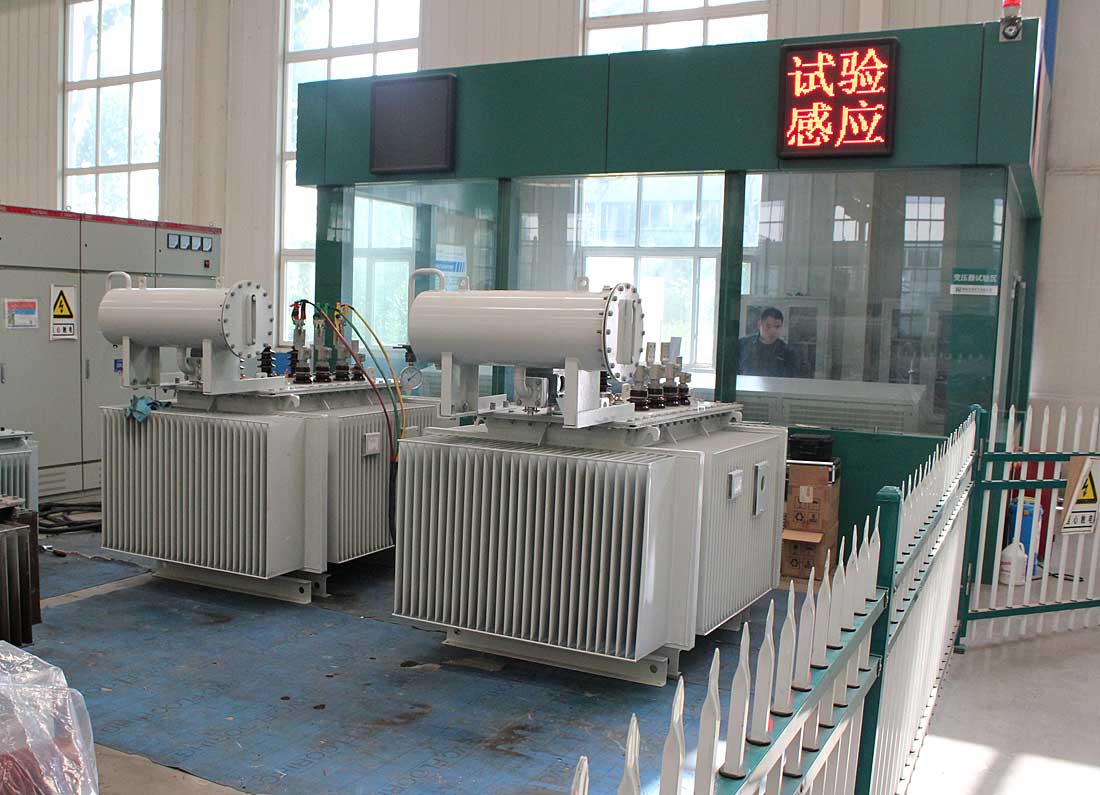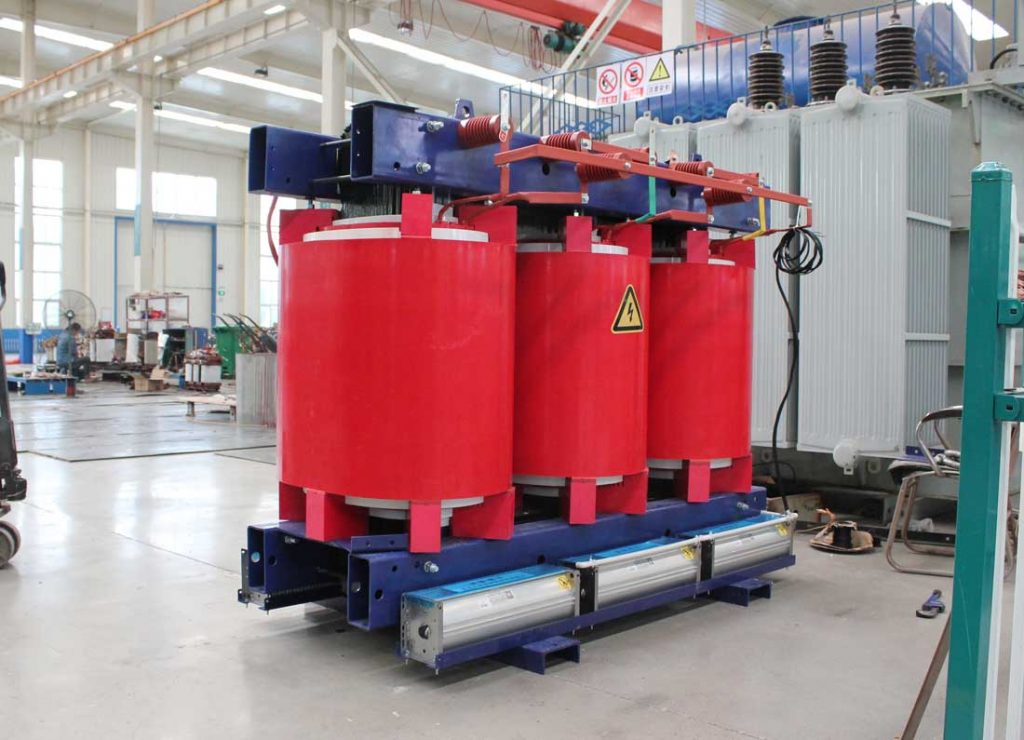
What tests are carried out before the transformer leaves the factory?
Before the transformer leaves the factory, the transformer manufacturer will conduct certain tests on the quality, function and service life of the transformer. General transformer experiments include two types, factory test and type test. A representative test carried out by the transformer type laboratory to verify whether the transformer conforms to the specified technical conditions. So, what tests are performed on the transformer before it leaves the factory?
Transformer ratio, group, direct resistance, no-load, load, capacity, power frequency withstand voltage, inductive withstand voltage, insulation resistance, dielectric loss, partial discharge, impulse voltage, etc.

- Voltage detection
Detect and test on-line and off-line voltages of transformers
Transformer voltage detection
- Grounding resistance
Grounding resistance refers to the resistance generated when the current flows from the grounding body into the soil. This is ground resistance.
- DC resistance
DC resistance is the resistance exhibited by the component when DC is applied, that is, the inherent static resistance of the component. For example, when the coil is connected to direct current and alternating current, its resistance is different. When connected to alternating current, in addition to DC resistance, the coil also has reactance, which reflects the synergistic effect of resistance and reactance, which is called impedance.
- Short circuit resistance
It is a very important item in the transformer performance index. The deviation between the actual measured value and the specified value at the factory is very strict.
Transformer short circuit resistance
- Output resistance
The output resistance test is mainly used to measure an important indicator of the influence of the amplifier on the signal source. The smaller the output resistance, the stronger the output capability of the amplifier.
- Withstand voltage test
It can effectively find the overall defects of insulation, such as moisture and dirt, and local defects of insulation can be found through the relationship between current and leakage current. Since the voltage is divided by the insulation resistance at DC voltage, end insulation defects are found more efficiently than at AC voltage.
- No-load characteristics
The no-load characteristic refers to the change curve of the generator stator voltage and rotor current when the load current is zero at the rated speed of the generator.
- Ratio test
Mainly used to test the transformation ratio of power transformers.
- Load testing
The main purpose is to ensure that the transformer can still operate normally under the condition of exceeding the expected load.
- Heating test
Used to determine the suitability of products for storage, transportation and use in high temperature climates. The severity of the test depends on the high temperature and exposure time.